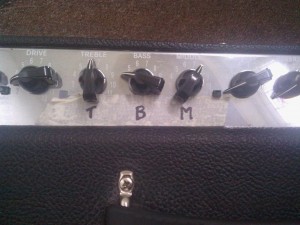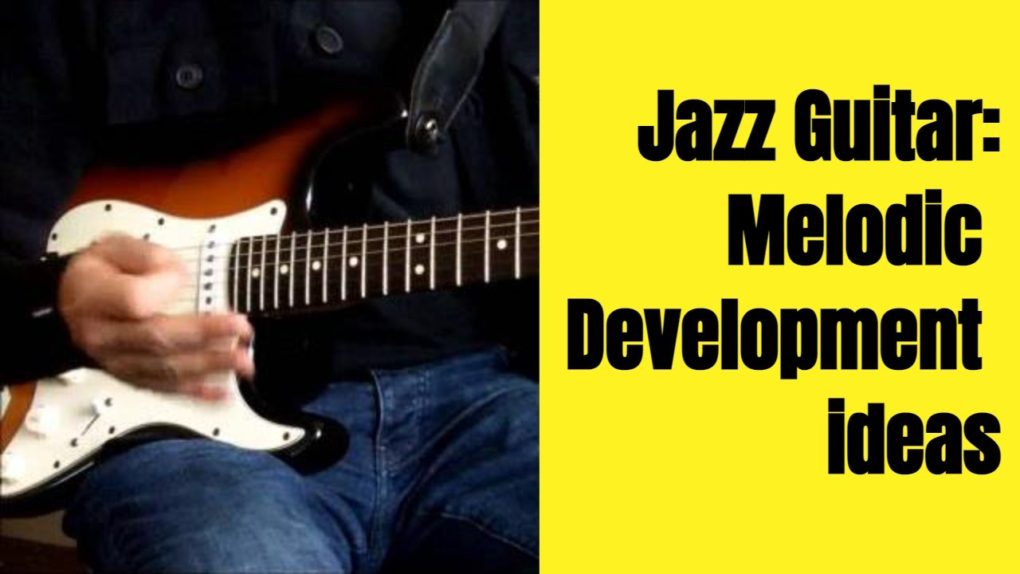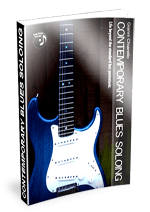I play a lot of gigs of all kinds and styles of music , as I always enjoyed doing that. I always considered myself a bit of a ‘session guitarist’ always trying to ‘fit in’ rather than ‘stick out’. When somebody approaches me at the end of a gig and says how well I complemented the band and ‘blended in’, I feel I have done my job.
So I wanted to do a post on what I think a lot of guitarists out there get wrong…remember this is my opinion!!
First of all: you need to find a balance between what is a volume/tone/sustain that is both comfortable and inspiring for you but not overpowering and intrusive for the other band members.
A good approach is to CUT rather than to BOOST on your amp’s EQ section. Unless you are playing on the same stage every night, every room will make your amp sound different. So I always start from all EQ on 12 o’clock and start cutting what I feel makes my tone muddy. Usually…bass!! I always hear too much bass coming from guitar amps. That’s the bass player’s realm.
Cutting frequencies will also allow me to turn up the volume more, which is always a good thing for tone…we all know that! 🙂
A slight boost in the midrange area might help you ‘cut through’ when needed.
I own different amps, but my go-to amp for medium size gigs is a modified Fender Hot Rod Deluxe with a Vintage 30 speaker. Unless you play metal, there is enough in there to make everybody happy at any gig, and not break your back carrying it around. It’s not an expensive amp, and I have seen even Mike Landau use them live and great some great tones…so if it is good enough for him…
Even though ‘all knobs all the way up’ might be a good setting to record a rhythm part in a studio, this might make your tone clearer and fuller:
Then again…use your ears!! All I mean to say here is try to think like a sound engineer mixing a band rather than just to make your guitar sound bigger.
A last thought: learn to play with a lighter touch. Too many guitarist pick too hard all the time. Let the amp do the work for you, and ‘dig in’ when you need that extra kick or break-up. All my favourite guitarist in terms of tone just about touch the strings with their picking hand.
Suggested Reading:






